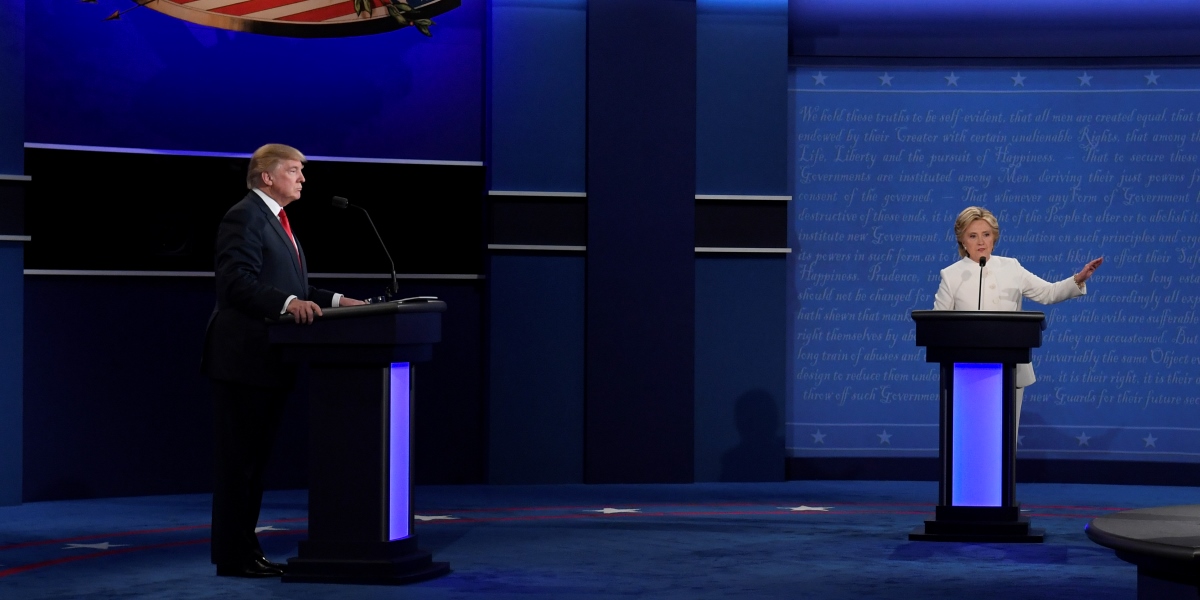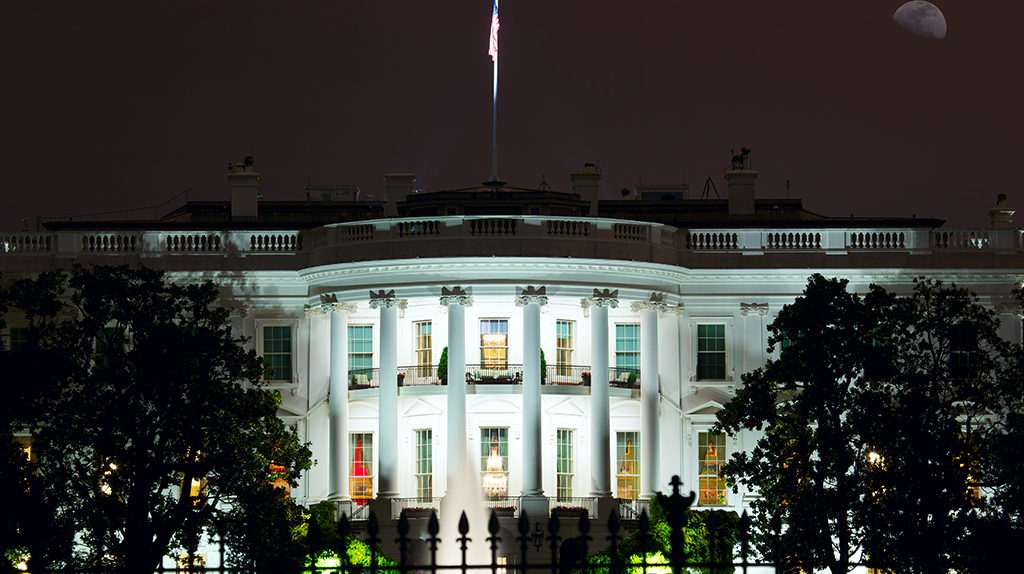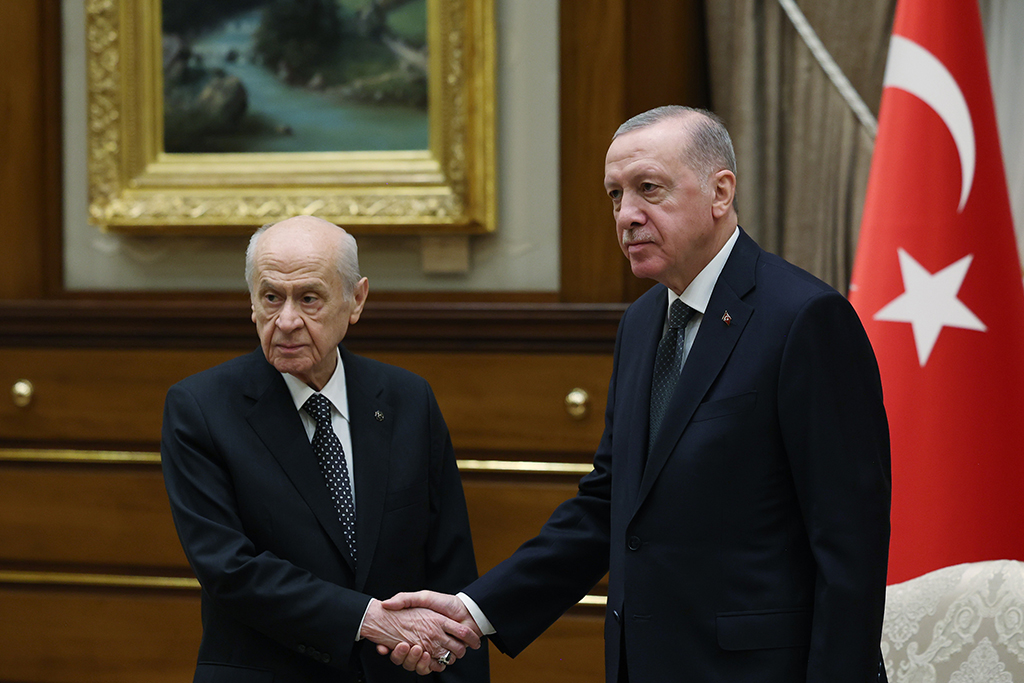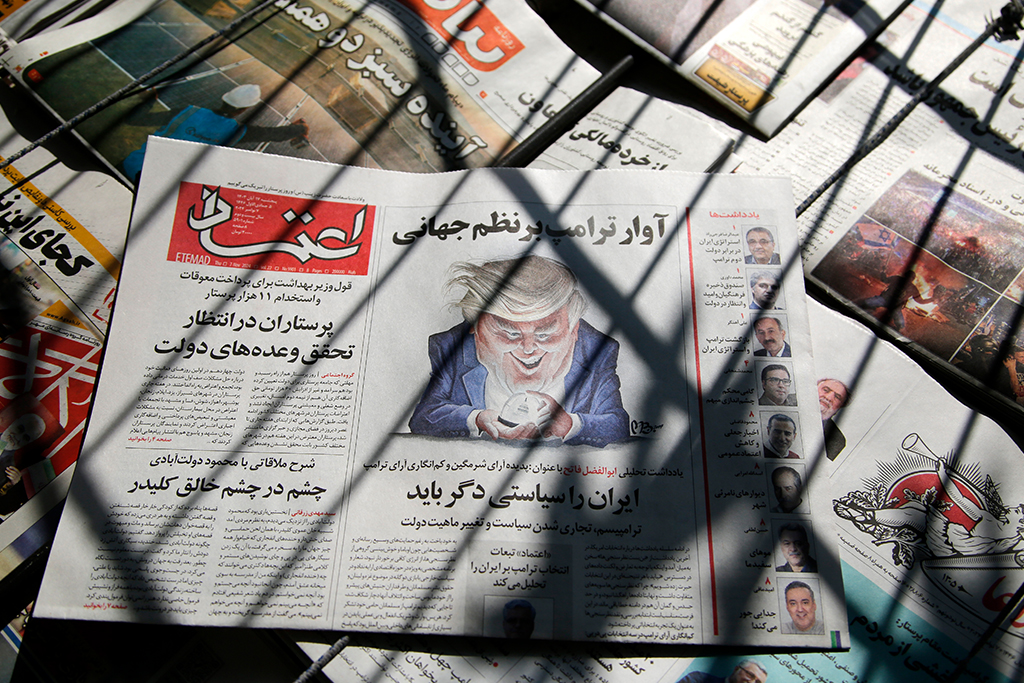As the tense campaign leading up to the U.S. presidential elections on Nov. 8 advances with sharp twists and turns in a rather unorthodox fashion, both the electoral outcome and potential politico-economic reflections have attracted widespread global attention. Pollsters and lobbyists might be bracing themselves for a potential Clinton victory these days, but it is important to contextualize the electoral contest in the framework of two contrasting economic visions given the dominance of economic factors in shaping the preferences of the American electorate. Obviously, debates concerning major issues of domestic and international politics will have a major bearing on the outcome of the elections, but the perceived future performance of the economy and contrasting economic visions of the candidates are also vital. The contrasting economic visions of Clinton and Trump might be surmised as differing responses to the current reform needs of various socio-economic sectors, and as such, they vowed to place the U.S. on the global economic map via various interest formations and sectoral configurations.
Donald Trump, an unlikely Republican candidate, attempted to represent the interest formation of America Inc. on an economic platform of neo-protectionism that focused on conglomerates in traditional sectors, such as manufacturing, energy and construction, craving for increased state protection against competitive pressures from China and the European Union. His idiosyncratic character and contradictory political lexicon enabled the formation of a mixture of a domestically liberal economic vision that promised to lower regulation and corporate taxes to spur growth with a dose of neo-protectionism to surf on the rising tide of populism. Trump's unconventional campaign mirrored those of the rising far right in Europe with sporadic emphasis on economic nationalism, autacracy, xenophobia and Islamophobia. As far as alleviation of social injustices was concerned, Trump said practically nothing new and just repeated neoliberal jargon - reduce bureaucratic regulations and taxes to promote new investments, increase employment opportunities and decrease injustices along the way.
As expected, the economic vision of Hillary Clinton constituted a continuation of the neo-Keynesian policy style that crystallized during the two terms of President Obama. This vision focused on protecting financial stability by prudent macroeconomic governance to protect the interests of Wall Street and financial business community in the rather volatile global financial environment of the post-global crisis period. The relative tightening of financial regulation at home and the designation of the G20 as a global forum of financial governance reflect this policy vision. Likewise, Clinton also adamantly supported the booming sectors of the knowledge economy, such as software, nanotechnology, biotechnology and microelectronics that concentrate on research and development. But Clinton's real divergence with Trump in terms of the underlying philosophy of macroeconomic policymaking lies again in the role that is presumed for the state to alleviate socio-economic inequalities. Clinton, following in the footsteps of Obama, pledges to increase public investments in health and education to raise the average life standards of the American middle class. Remembering the lively debate surrounding social projects such as "Obamacare" so far, this neo-Keynesian, or if you wish social-democratic vision, is bound to raise criticism from ultra-liberal moguls and intellectuals; yet in terms of catching the attention of the electorate, the policy mix seems to be working.
From a different angle, Clinton's more inclusive political stance towards migrants and ethnic and religious minorities stands in stark contrast to the populist xenophobia of Trump, although electoral support for both candidates so far indicates some political capital in both approaches. American society is still healing the wounds of the global crisis and the socio-economic damage that crisis left on the social fabric, which inevitably feeds ultra-nationalistic and xenophobic tendencies. Yet, the fact that economic recovery and social rehabilitation still continues in the aftermath of the crisis might hint for the need for another term of neo-Keynesianism that explains the recent rise in the popularity ratings of Clinton. At a critical juncture when the global economy is expecting a rate hike by the FED, the whole world will be watching the election outcome until the wire.
[Daily Sabah, October 29, 2016]







